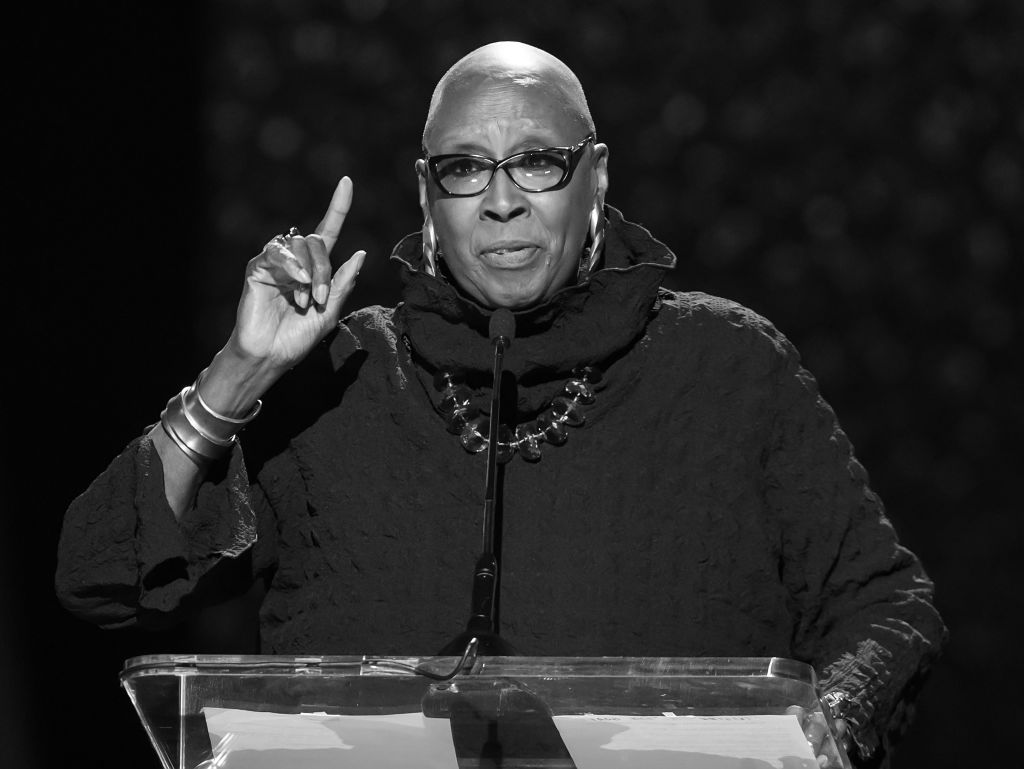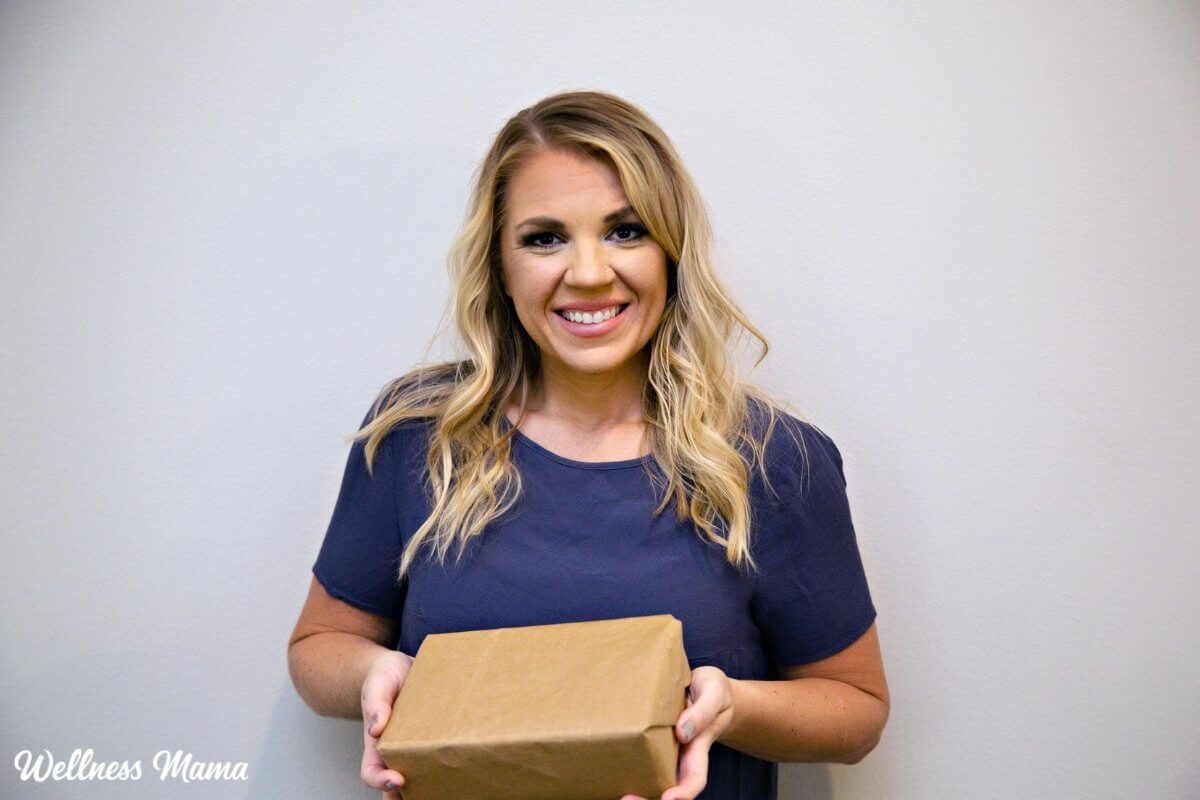Winter is here, and so, once more, are mask mandates. After last winter’s crushing Omicron spike, much of America did away with masking requirements. But with cases once again on the rise and other respiratory illnesses such as RSV and influenza wreaking havoc, some scattered institutions have begun reinstating them. On Monday, one of Iowa’s largest health systems reissued its mandate for staff. That same day, the Oakland, California, city council voted unanimously to again require people to mask up in government buildings. A New Jersey school district revived its own mandate, and the Philadelphia school district announced that it would temporarily do the same after winter break.
The reinstated mandates are by no means widespread, and that seems unlikely to change any time soon. But as we trudge into yet another pandemic winter, they do raise some questions. What role should masking play in winters to come? Is every winter going to be like this? Should we now consider the holiday season … masking season?
These questions don’t have simple answers. Regardless of what public-health research tells us we should do, we’ve clearly seen throughout the pandemic that limits exist to what Americans will do. Predictably, the few recent mandates have elicited a good deal of aggrievement and derision from the anti-masking set. But even many Americans who diligently masked earlier in the pandemic seem to have lost their appetite for this sort of intervention as the pandemic has eased. In its most recent national survey of health behavior, the COVID States Project found that only about a quarter of Americans still mask when they go out, down from more than 80 percent at its peak. Some steadfast maskers have started feeling awkward: “I have personally felt like I get weird looks now wearing a mask,” Saskia Popescu, an epidemiologist at George Mason University, told me.
Even so, masking remains one of the best and least obtrusive infection-prevention measures we have at our disposal. We haven’t yet been slammed this winter by another Omicronlike variant, but the pandemic is still here. COVID cases, hospitalizations, and deaths are all rising nationally, possibly the signs of another wave. Kids have been hit especially hard by the unwelcome return of influenza, RSV, and other respiratory viruses. All of this is playing out against the backdrop of low COVID-19-booster uptake, leaving people more vulnerable to death and severe disease if they get infected.
All of which is to say: If you’re only going to mask for a couple of months of the year, now is a good time. “Should people be masking? Absolutely yes, right now,” Seema Lakdawala, a flu-transmission expert at Emory University, told me. That doesn’t mean masking everywhere all the time. Lakdawala masks at the grocery store, at the office, and while using public transportation, but not when she goes out to dinner or attends parties. Those activities pose a risk of infection, but Lakdawala’s goal is to reduce her risk, not to minimize it at all costs. A strategy that prevents you from enjoying the things you love most is not sustainable.
Both Lakdawala and Popescu were willing to go so far as to suggest that masking should indeed become a seasonal fixture—just like skiing and snowmen, only potentially lifesaving and politically radioactive. Even before the pandemic, influenza alone killed tens of thousands of Americans every year, and more masking, even if only in certain targeted settings, could go a long way toward reducing the toll. “If we could just say, Hey, from November to February, we should all just mask indoors,” Lakdawala said, that would do a lot of good. “The idea of the unknown and the perpetualness of two years of things coming on and off, and then the confusing CDC county-by-county guideline—it just sort of makes it harder for everybody than if we had a simple message.” Universal mandates or recommendations that people mask at small social gatherings are probably too much to ask, Lakdawala told me. Instead, she favors some limited, seasonal mandates, such as on public transportation or in schools dealing with viral surges.
David Dowdy, an epidemiologist at the Johns Hopkins Bloomberg School of Public Health, is all for masking season, he told me, but he’d be more hesitant to resort to mandates. “It’s hard to impose mandates without a very strong public-health rationale,” he said, especially in our current, hyperpolarized climate. And although that rationale clearly existed for much of the past two crisis-ridden years, it’s less clear now. “COVID is no longer this public-health emergency, but it’s still killing thousands of people every week, hundreds a day … so it becomes a more challenging balancing act,” Dowdy said.
Rather than requirements, he favors broad recommendations. The CDC, for instance, could suggest that during flu season, people should consider wearing masks in crowded indoor spaces, the same way it recommends that everyone old enough get a flu shot each year. (Although the agency has hardly updated its “Interim Guidance” on masks and the flu since 2004, Director Rochelle Walensky has encouraged people to mask up this winter.) Another strategy, Dowdy said, could be making masks more accessible to people, so that every time they enter a public indoor space, they have the option of grabbing an N95.
The course of the pandemic has both demonstrated the efficacy of widespread masking and rendered that strategy so controversial in America as to be virtually impossible. The question now is how to negotiate those two realities. Whatever answer we come up with this year, the question will remain next year, and for years after that. The pandemic will fade, but the coronavirus, like the other surging viruses this winter, will continue to haunt us in one form or another. “These viruses are here,” Lakdawala said. “They’re not going anywhere.”





















Discussion about this post